On October 15, speaking with Dan Tri reporter, Mr. Ha Quoc Trung - Head of Tourism Management and Development Department, Lao Cai Department of Culture, Sports and Tourism - updated the situation in Sa Pa and Mu Cang Chai after two big storms.
Mr. Trung emphasized the positive recovery despite some local challenges. Regarding transportation, Mr. Trung said that all main roads to Sa Pa and Mu Cang Chai have basically been opened to traffic, allowing visitors to travel conveniently.
In particular, the Khau Pha Pass area to Mu Cang Chai has not yet been completely cleared of landslides after the storm, only vehicles with less than 7 seats can travel. The alternative plan recommended by Mr. Trung is to go from Sa Pa to Mu Cang Chai to ensure safety.
According to Mr. Trung, due to the impact of floods, the number of domestic tourists to Lao Cai has decreased by 35-40%. Fear and economic conditions affected by the floods have caused many people to stop traveling.
Several local events, including the trail race in early October in Mu Cang Chai, had to be canceled or postponed, causing a sharp decrease in the number of visitors.
In contrast to domestic tourists, the number of international tourists to Lao Cai remains stable. According to the review of the Department of Tourism Management and Development, almost no international tourists have canceled their tours, many groups still keep their schedules.
"International guests are always mentally prepared for changes in weather. Large hotels in Sa Pa and Mu Cang Chai are still operating stably, reaching 70-80% capacity, mainly thanks to foreign guests," said Mr. Trung.

According to a local tour guide, about 50% of the rice in Mu Cang Chai has been harvested, while rice in areas such as Mong Ngua and Mam Xoi will remain until the end of November (Photo: Le Xuan Bach).
According to the Head of the Tourism Management and Development Department, currently tourist attractions are operating normally, the landscape still retains its majestic beauty. In the coming time, Sa Pa will organize many attractive festivals for tourists such as snow festival, food fair, cultural exchange activities...
Overall, Mr. Trung affirmed that Lao Cai tourism has stabilized, with many flexible plans for tourists to explore with peace of mind. The Department also established a support team for neighboring localities such as Cao Bang and Thai Nguyen, and at the same time closely followed the situation to support businesses in difficulty.
Meanwhile, Mr. Tran Xuan Viet - Deputy Director of the Department of Culture, Sports and Tourism of Son La province - said that storms No. 10 and No. 11 caused local flooding and landslides in some places, but did not affect key tourist areas and spots such as Moc Chau, Van Ho, Quynh Nhai or Muong La.
Traffic routes to tourist areas and attractions are still safe after the flood, tourists can move normally.
According to Mr. Viet, the past time has not been the peak tourist season in Moc Chau so there have not been too many visitors to this area. From the beginning of November, the number of visitors will increase gradually to admire the rose gardens, rape flower gardens, wild sunflowers... and traditional destinations such as tea hills, pine forests, waterfalls.
When reporters asked about the current situation of Ban Gioc waterfall (one of the most popular tourist attractions in Cao Bang province), a representative of the management board said that due to the impact of many floods, this destination had to temporarily close twice in a row.

Tourists take photos at Lenin stream, Pac Bo cave, Cao Bang (Photo: Quee Nie).
The first time, the tourist area temporarily stopped receiving visitors from September 30 to October 3 due to the impact of storm No. 10. The second time, Cao Bang had prolonged heavy rain, posing a risk of flooding, flash floods and landslides. On October 7, the management board decided to temporarily stop receiving visitors until the weather stabilized and the water level receded to a safe level.
After a temporary suspension to ensure safety and overcome the consequences of storm No. 11, the management board said it has welcomed visitors again since October 10. The water level at the waterfall area has receded to ensure safe visiting conditions for visitors.
However, the management board of the tourist area still recommends that all visitors strictly comply with the visiting regulations, actively listen and strictly follow all instructions of the staff. In addition, visitors should move carefully, avoid areas with dangerous flooding warnings to have the most complete and safe trip.
Mr. Lai Quoc Tinh - Chairman of the Tourism Association of Tuyen Quang Province - said that the old Ha Giang area is currently experiencing a 30% decrease in room bookings compared to the previous period. Due to the psychological impact of the floods, the old Ha Giang is currently not welcoming many domestic tourists, foreign tourists account for over 50%.

Foreign tourists explore Ha Giang route (Photo: Chaos With Jazz).
Mr. Tinh assessed that with the current situation, at the end of October and the beginning of November, the Ha Giang area (old) will begin to welcome domestic tourists back to hunt for buckwheat flowers.
Currently, famous destinations such as Dong Van stone plateau and Nho Que river are open for business as usual. The Dong Van welcome gate, after collapsing, was cleaned up and repaired by the authorities on the same day.
The road to the landslide area is now basically open. Visitors can still visit Du Gia waterfall when conditions permit. Mr. Tinh also advised visitors to keep up to date with weather information to ensure a safe trip.
Source: https://dantri.com.vn/du-lich/sa-pa-mu-cang-chai-moc-chau-ra-sao-sau-nhieu-dot-mua-lu-lon-20251015162145924.htm






![[Photo] Nhan Dan Newspaper launches “Fatherland in the Heart: The Concert Film”](https://vphoto.vietnam.vn/thumb/1200x675/vietnam/resource/IMAGE/2025/10/16/1760622132545_thiet-ke-chua-co-ten-36-png.webp)



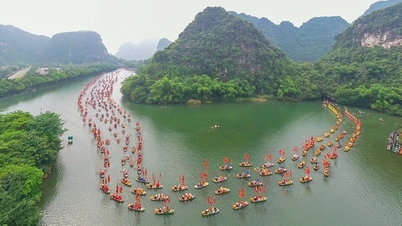
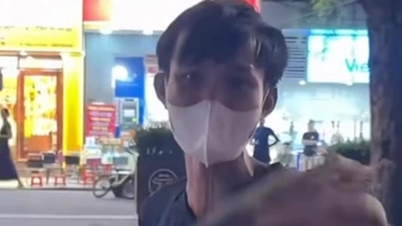
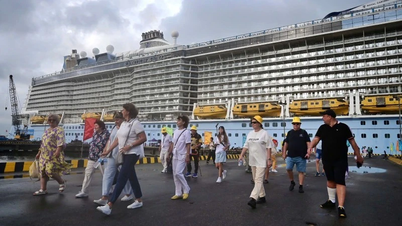
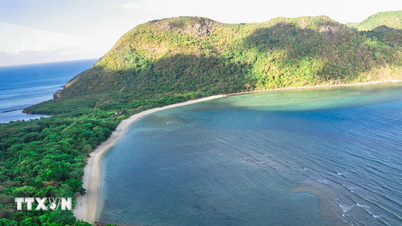










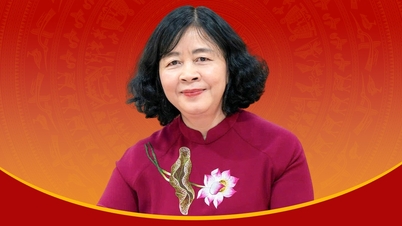


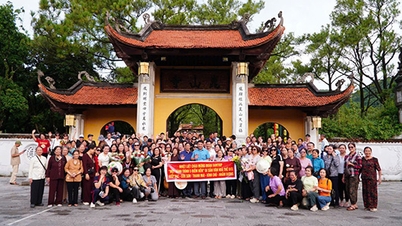




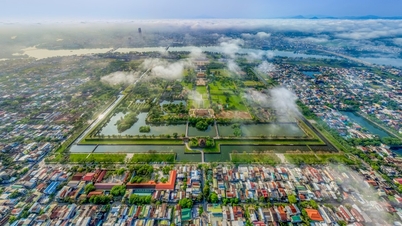



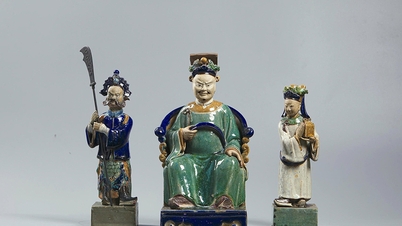








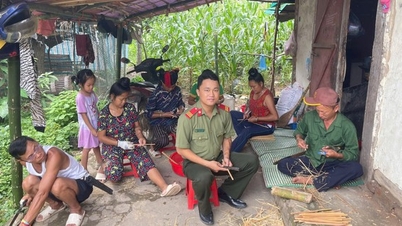









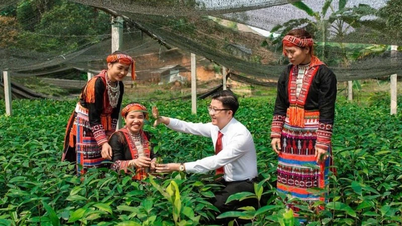
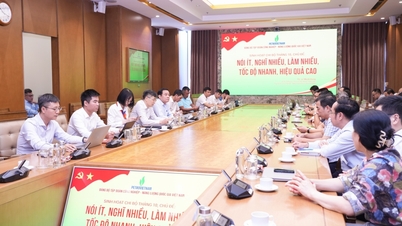






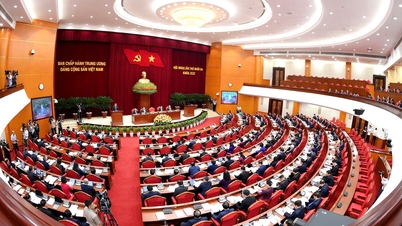


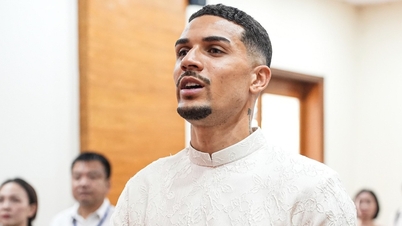








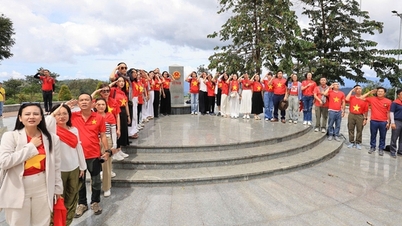

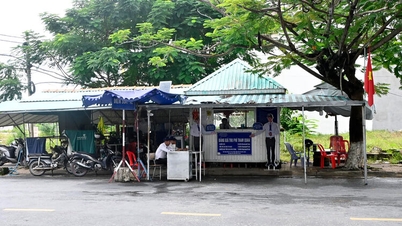






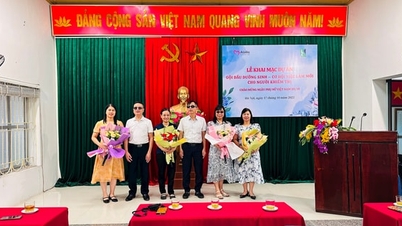















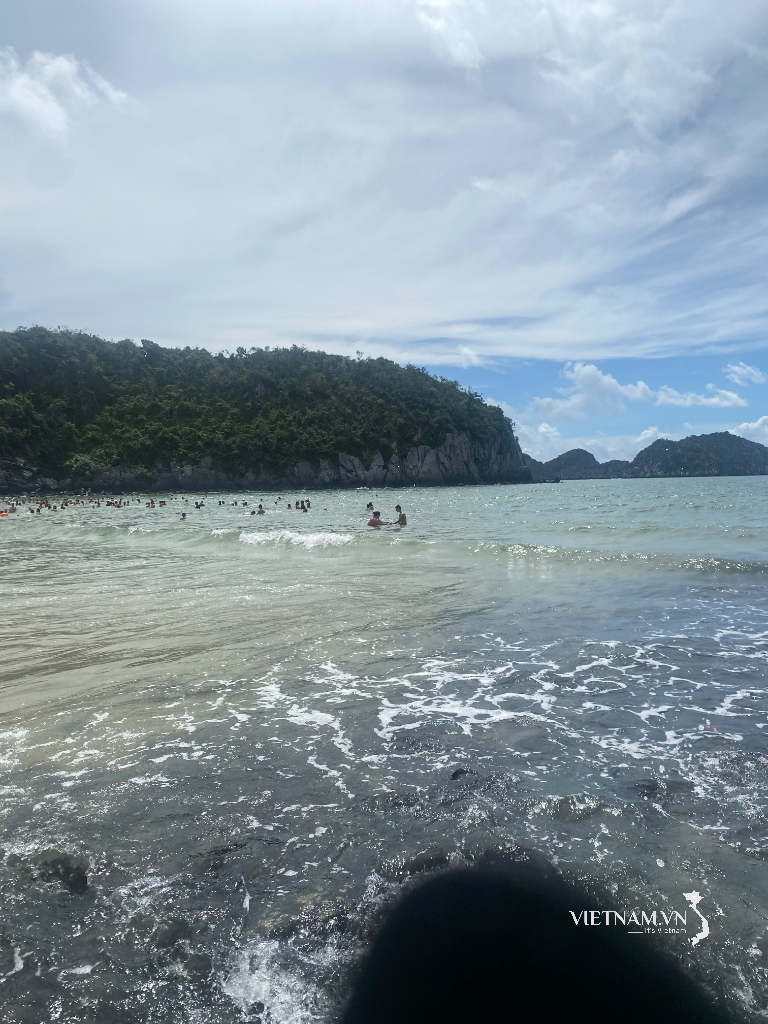
Comment (0)